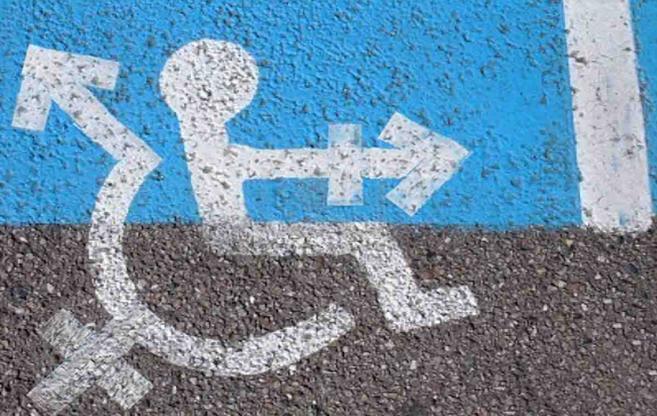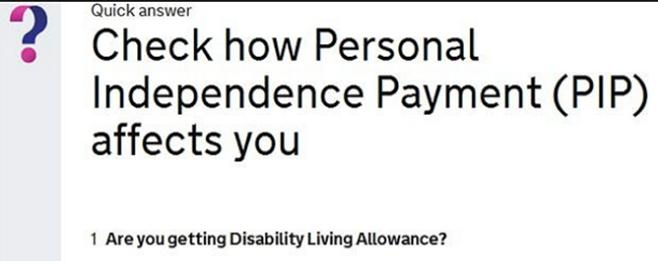The Government Has A Duty To Assess The Impact Of Benefit Cuts

Claudia Wood, The Guardian
This government has undertaken the most ambitious reform of the welfare state for more than 60 years. It has set out to reduce the benefits bill by £18bn a year by 2015, through top-slicing every benefit and tax credit. For groups relying on multiple benefits – such as disabled people – this means being exposed to several cuts simultaneously.
The government has a duty to assess the impact of these policies, and has produced dozens of individual “impact assessments”: analyses of how much each individual cut will save, the number of people affected and by how much. Some assessments also give breakdowns by gender and disability.
But when dozens of changes are under way they can be both inadequate and misleading. Since many people claim more than one benefit and tax credit at a time, but the current assessments only consider each cut in isolation, they give us an incomplete picture at best. At worst, they provide a false sense that the cuts are being fairly and evenly spread.
Demos has been tracking the impact of austerity on a number of disabled people supported by the charity Scope. Ahead of 1 April, when many of the cuts announced in the Welfare Reform Act 2012 come into force, we modelled a series of “cumulative impact assessments” across 15 disability benefit reforms.
We found that 3.7 million disabled people would experience some reduction in income, and by 2017 (when the government intends to shave a further £10bn off the benefits bill) they will have lost £28bn in benefits as a group. Of course, these losses aren’t evenly spread. We found that hundreds of thousands of disabled people would be subject to up to six cuts simultaneously.
At one end of the cumulative impact scale, 88,000 disabled people currently claiming employment support allowance (ESA) will feel a double whammy of a 1% cap on uprating and a 12-month eligibility limit. At the other end of the scale, at least 1,000 disabled people (possibly up to 5,000) will face six separate cuts to their benefits income. By the time the next round of cuts are due in four years, they will be £23,300 worse off per person.
In between these two groups are about 120,000 disabled people facing a triple cut, and 99,000 a quadruple cut. These combinations represent at the very least a loss of £6,309 per person by 2017. The worst loss of £23,461 per person by 2017 will be experienced by those unfortunate enough to lose their eligibility for disability living allowance and ESA, and who are reliant on other benefits that will only increase by 1% because of the rating cap or by the consumer prices index (CPI) instead of inflation.
Losses on this scale are life-changing. And yet they are underestimated, as they exclude many reforms we felt unable to model, such as changes to child benefit and tax credits and to housing benefit for disabled people renting in the private sector, due to a lack of publicly available data.
When disability groups asked the government to carry out cumulative assessments, they were told the analysis was too complex. True, not every change can be predicted and modelled, but our attempts suggest meaningful results can still be achieved with a little effort.
The Department for Work and Pensions could confirm that the impact of welfare reform is far from evenly or fairly spread. But this would add fuel to the fire for those who are already calling for a rethink on welfare reform: perhaps cumulative assessments aren’t too complex, but too controversial.
Please find the link to the original article
Personal Independence Payment (PIP)

by Action for Blind People
The Government has listened to calls from across the disability sector to ensure that there is sufficient time to evaluate how the first PIP assessments work before starting reassessment for existing Disability Living Allowance (DLA) claimants.
Reassessments for most people currently on DLA to see if they are eligible to receive PIP will now start in October 2015.
This process was due to start in 2014, but has been delayed to enable time for an independent review of the first PIP claims to be carried out.
PIP will come in from 8 April 2013 for new claims in parts of the North West and North East of England. The rest of the country will follow in June 2013.
If you already receive DLA and the Department for Work and Pensions (DWP) has awarded it to you for:
- a fixed period of time, then DWP will contact you about PIP when your claim is up for a renewal or if you report a change of circumstances.
- an indefinite period of time or for the long term, then DWP will probably contact you from January 2014 to let you know that your DLA is due to end and invite you to make a claim for PIP.
Areas outside of North West and North East England
If you are not living in the North West or North East England, and are currently claiming DLA, you will be reassessed to see if you are eligible to receive Personal Independence Payment (PIP) from October 2015.
Find out more
We have a number of frequently asked questions about PIP which answers some of the most common questions we are asked.
To find out more about Personal Independence Payment (PIP) and what it means for you, you candownload the PIP information factsheet
Or, if you would prefer to talk to someone, you can also contact us at the RNIB Helpline on: 0303 123 9999 or at pip@rnib.org.uk
Kevin Nuttall, our resident welfare rights blogger, has written a series of posts on PIP and the changes in benefits. Browse his recent blog posts to find out more
